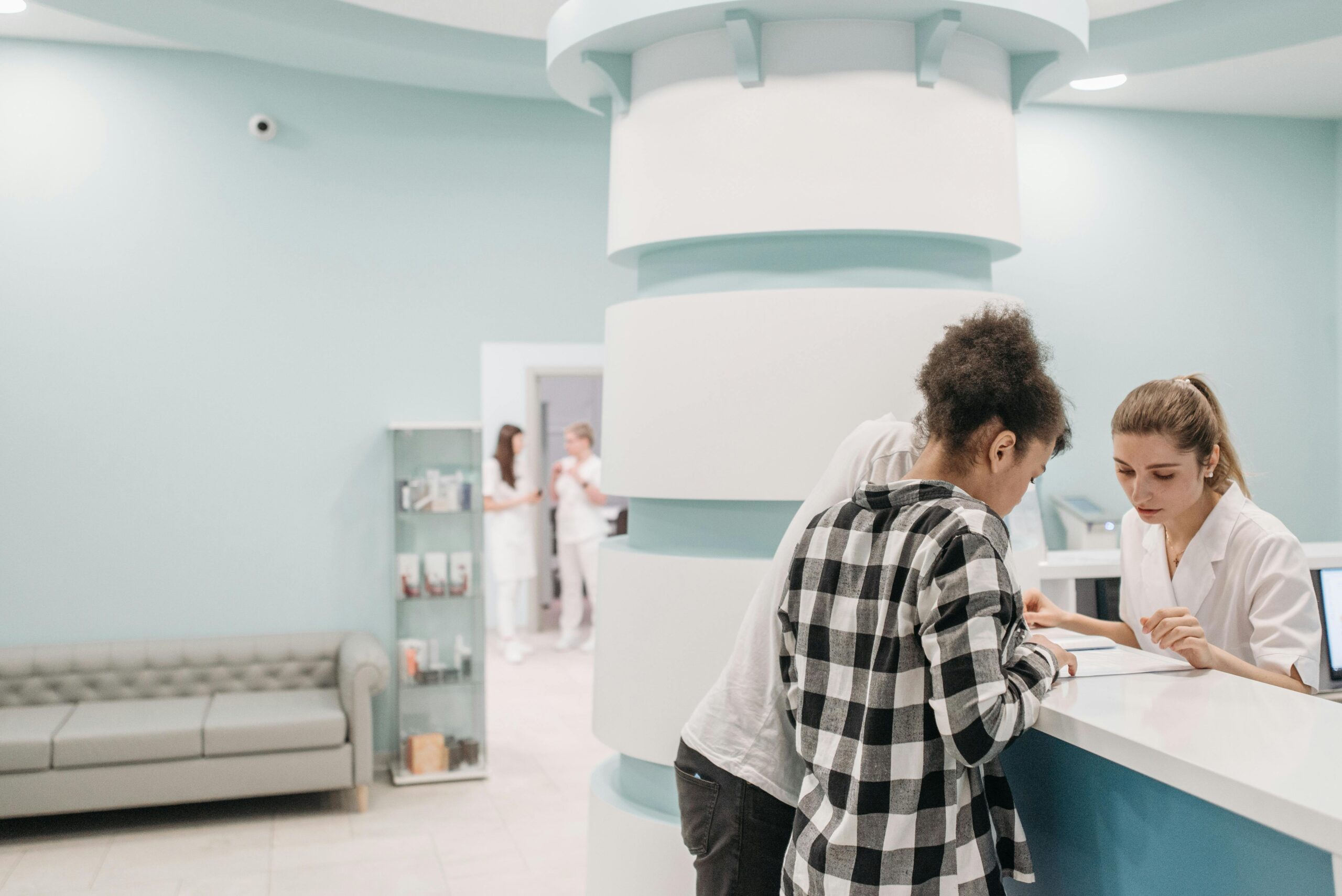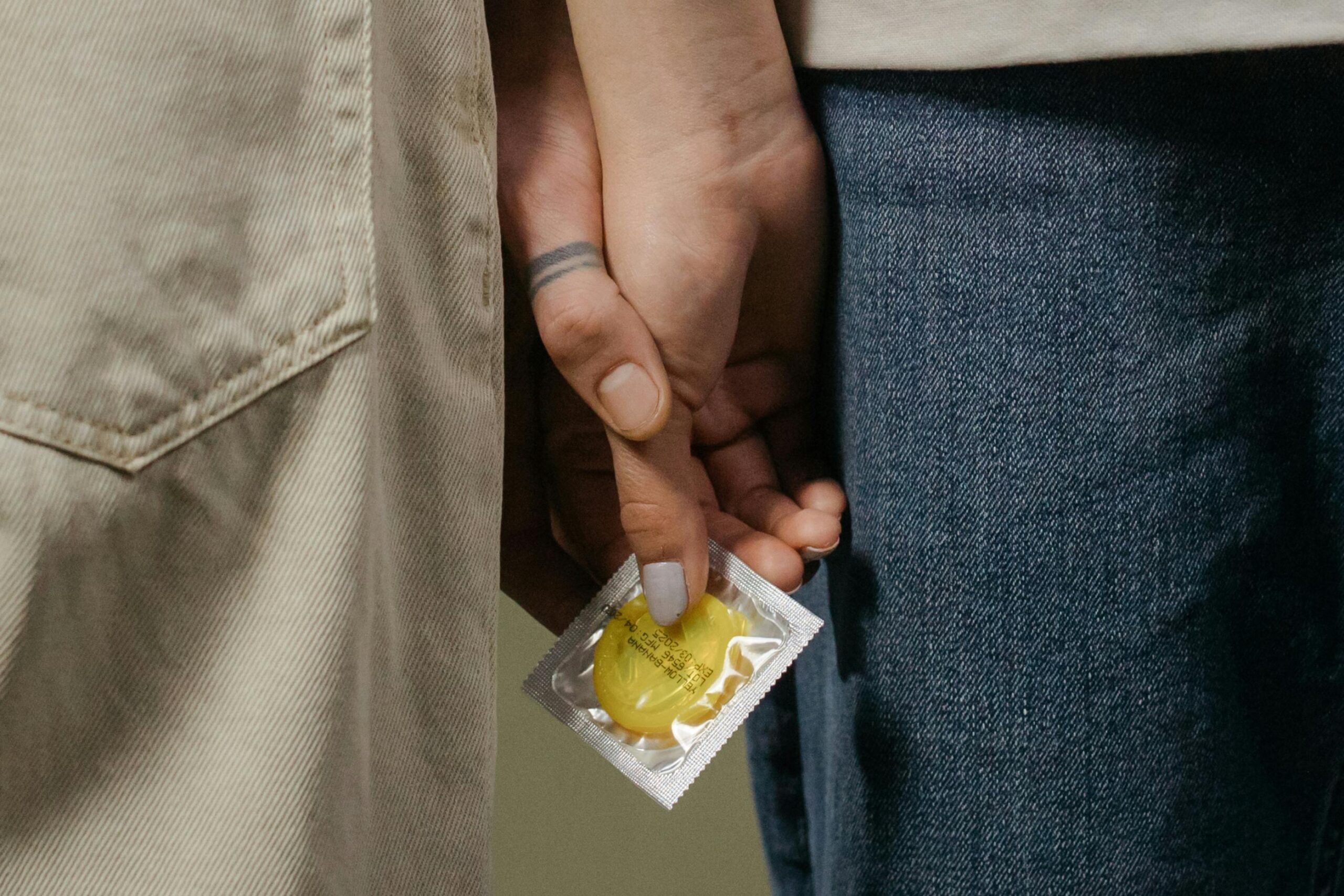Amid the rising rate of sexually transmitted infections (STI) among young people in the UK, we spoke to a pharmacist and some sexual health specialists to uncover why and ask what steps need to be taken to address it.
A recent House of Commons Women and Equalities Committee report highlighted a concerning surge in sexually transmitted infections (STIs) among young people aged 15-24.
In response to this alarming trend, online pharmacy Curely conducted a sexual health survey targeting this age group.
The survey revealed that 47.81% of respondents had slept with someone without knowing or asking about their STI status. Alarmingly, only 28.09% reported using protection every single time they have sexual intercourse.
Superintendent pharmacist at Curely, Sobia Qasim, finds both the report and the survey results deeply concerning, particularly given that STIs like genital herpes, gonorrhoea and syphilis can lead to long-term health complications, such as reproductive issues, pelvic inflammatory disease (PID) and certain cancers.
Gen Z are often regarded as a very well-informed informed generation — with access to more information than ever before combined with a desire to learn and share knowledge — and yet research shows they’re underinformed with regards to sexual health and STIs. Why?
Read more: Women are feeling increasingly negative towards menopause — here’s why

Inadequate sexual health education in the UK
For anyone who’s sat — idly, embarrassed and apprehensive — in a UK school’s sex education class, it might not be surprising to learn that many feel these lessons can often fall short in the depth, quality and relevance of their sexual health education offerings.
Valentina Milanova, a women’s health expert and founder of gynaecological health company Daye, comments that the sex education in schools is often not medically accurate, focusing narrowly on “abstinence or basic biology, without covering crucial topics like STI prevention, testing and treatment.”
When asked if their sex education prepared them for real-life situations, 46% of survey respondents said it covered the basics, while nearly 20% felt ‘not at all’ prepared, suggesting that current sex education in schools is insufficient.
If children and young people aren’t receiving the adequate or relevant information at school, they may have no other choice but to seek it elsewhere.
Misinformation on the internet and social media
Research from the Department of Education confirms that many young people found their PSHE teaching at school so poor that they sought information online.
But can the internet be trusted as a reliable source?
While accredited sites like Healthline and the NHS offer valuable resources, they can lack comprehensive detail. And these days most young people gravitate toward familiar platforms such as TikTok, X and Instagram for information.
Many of these platforms aren’t regulated for quality or accuracy, with content often aimed at attracting and growing audiences rather than educating.
In fact, 57% of survey respondents agreed that the internet spreads misinformation. However, over 27% still believe it offers more reliable sources than non-digital formats.
If young people aren’t getting comprehensive sex education in school while also encountering inaccurate information online, how could they be expected to navigate these issues effectively and understand their significance?
Read more: Are antihistamines the answer to managing PMS and PMDD symptoms?

Stigma surrounding sexual health conversations
Almost 30% of Curley’s survey respondents stated they’ve never talked about their sexual health with a healthcare provider. While this may be partly due to a lack of concerns, nearly a third of those surveyed said they avoided the topic due to embarrassment.
Combined with the fact they’re not talking to each other this suggests a core issue: a reluctance to address these topics at all.
Lack of funding in sexual health services
Compounding this problem, Valentina notes that we’ve seen significant reductions in funding for sexual health clinics and services over the past decade. “This has made it harder for young people to access confidential testing, treatment and contraception,” she explains.
Dr Deborah Lee, sexual and reproductive health specialist at Dr Fox Online Pharmacy is concerned that current sexual health services are close to crisis point.
Between 2015 and 2024, central government funding for sexual health services was reduced by £880m, Deborah says. This is despite a 30% increase in STI consultations to over 4.5 million per year.
A recent mystery shopper survey conducted by the Terence Higgins Trust revealed that only 51% of people were offered face-to-face consultations. Others were offered a postal testing STI kit. For young people this isn’t likely to be a popular option. “The kit arrives at the home address and of course many of them don’t want their parents to know,” Deborah explains.
When they are offered a face-to-face appointment, the average wait time in the UK is 13 days and — in extreme cases — as many as 19. “This is far too long for anyone who’s been at risk,” warns Deborah. “The longer an STI remains undiagnosed in the community, the greater the risk of it being passed on and the greater the chance of long-term health consequences.”
Read more: Best sex toy advent calendars to spice up your Christmas countdown

What steps can be taken to address the sexual health crisis?
Sobia contends that the 2024 report highlights “the urgent need for improved sexual health education and better access to services”.
Here’s how she thinks we can achieve this:
Improve education
Sobia suggests introducing sexual health education into the curriculum as early as primary school (currently only puberty, menstruation, conception and birth are covered), including teacher training and inclusive content covering all gender identities and orientations.
While this may seem too soon, she stresses that this doesn’t mean exposing children to age-inappropriate material. “It could start with explaining body parts, boundaries and identity to younger children, while older students could discuss more complex topics like sexual orientation and STI prevention,” she explains.
Integrating this education from an earlier age normalises discussions around sex and sexual health, making it less of a taboo topic reserved for adults.
Encourage open conversations and reduce stigma
For Sobia, open and honest conversation is key. She explains: “If schools strive to promote an inclusive environment — regardless of orientation, ability or gender identity — and emphasise the importance of healthy relationships and sexual behaviours without negative or judgmental language, then more young people will feel comfortable discussing sexual health.”
Given that young people often turn to the internet and social media for information, she also suggests encouraging them to engage with positive role models and celebrities who actively discuss issues like reproductive and sexual health, sexual assault and LGBTQ rights, such as Lady Gaga, Halsey and Hailey Bieber.
Increase accessibility to healthcare services
Additionally, Sobia emphasises the need to make sexual health clinics more accessible to everyone: “Clinics could expand their reach by extending opening hours and opening new clinics in underserved areas like rural communities.”
Offering services like online consultations and at-home testing could also benefit individuals with mobility issues.
“Clinics could also hire bilingual staff and provide services in various languages to ensure that information is accessible to individuals from diverse cultural backgrounds,” she adds.

How to look after your own sexual health
Regular checkups are essential. “From routine visits to the GP to regular STI screenings, particularly if — though not exclusively — you have multiple sexual partners,” Sobia advises.
The best way to prevent sexually transmitted infections is through proper protection, such as condoms. Sobia also advises that if you’re using lubricant, “make sure it’s water-based to reduce friction and prevent breakage, as oil-based lubricants can break down latex.”
It’s also crucial to be aware of your body. “If you understand your body’s normal functions, you’ll notice any slight changes. If you observe any changes or unusual symptoms, no matter how small, talk to your GP. Don’t ignore it!” she advises.
Useful resources for sexual health queries and information
Sobia recommends the following sites and services for reliable information:
- NHS Sexual Health Site
- Brook
- Terrence Higgins Trust
- Rape and Sexual Abuse Support Line, run by Rape Crisis England and Wales: 0808 500 2222













